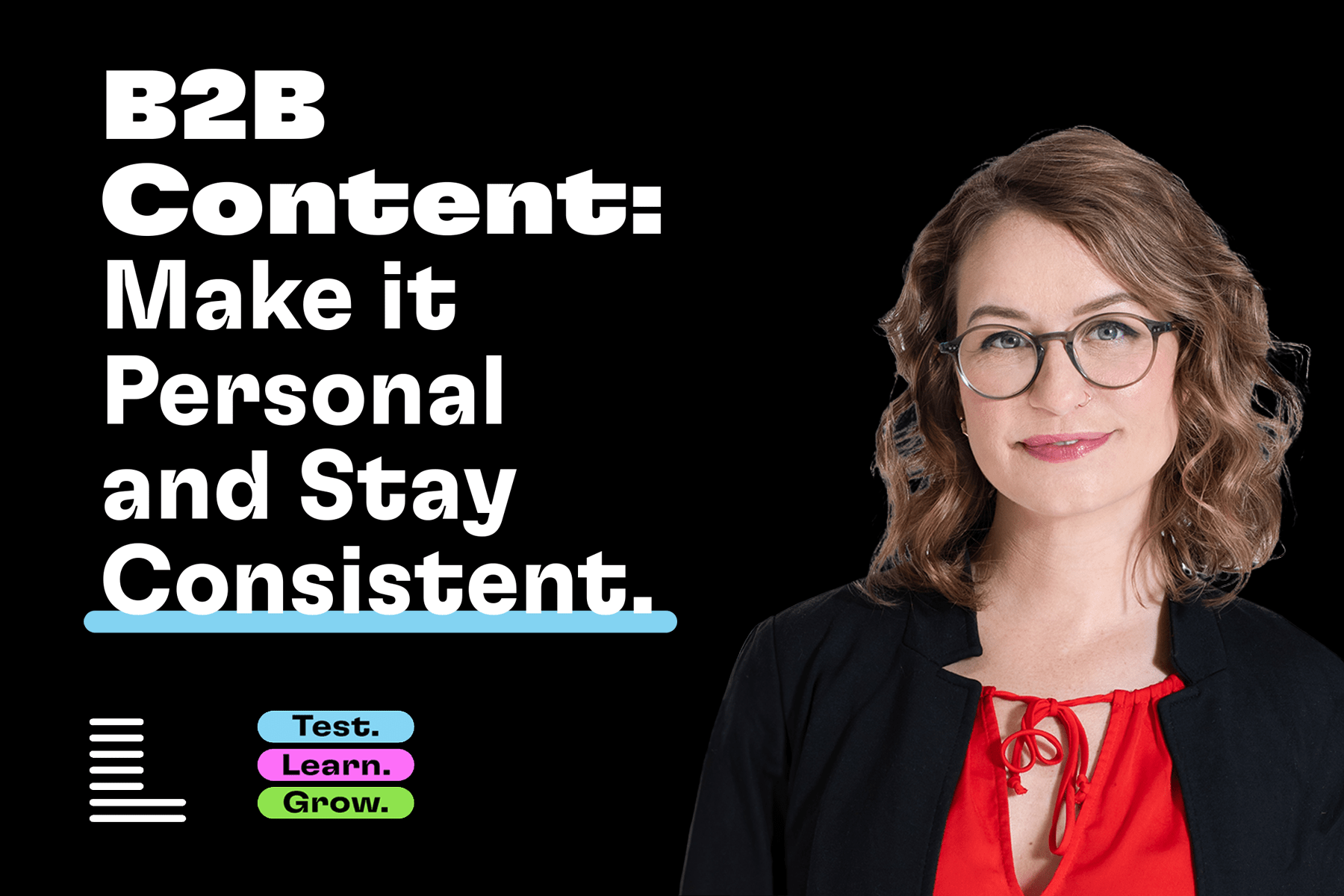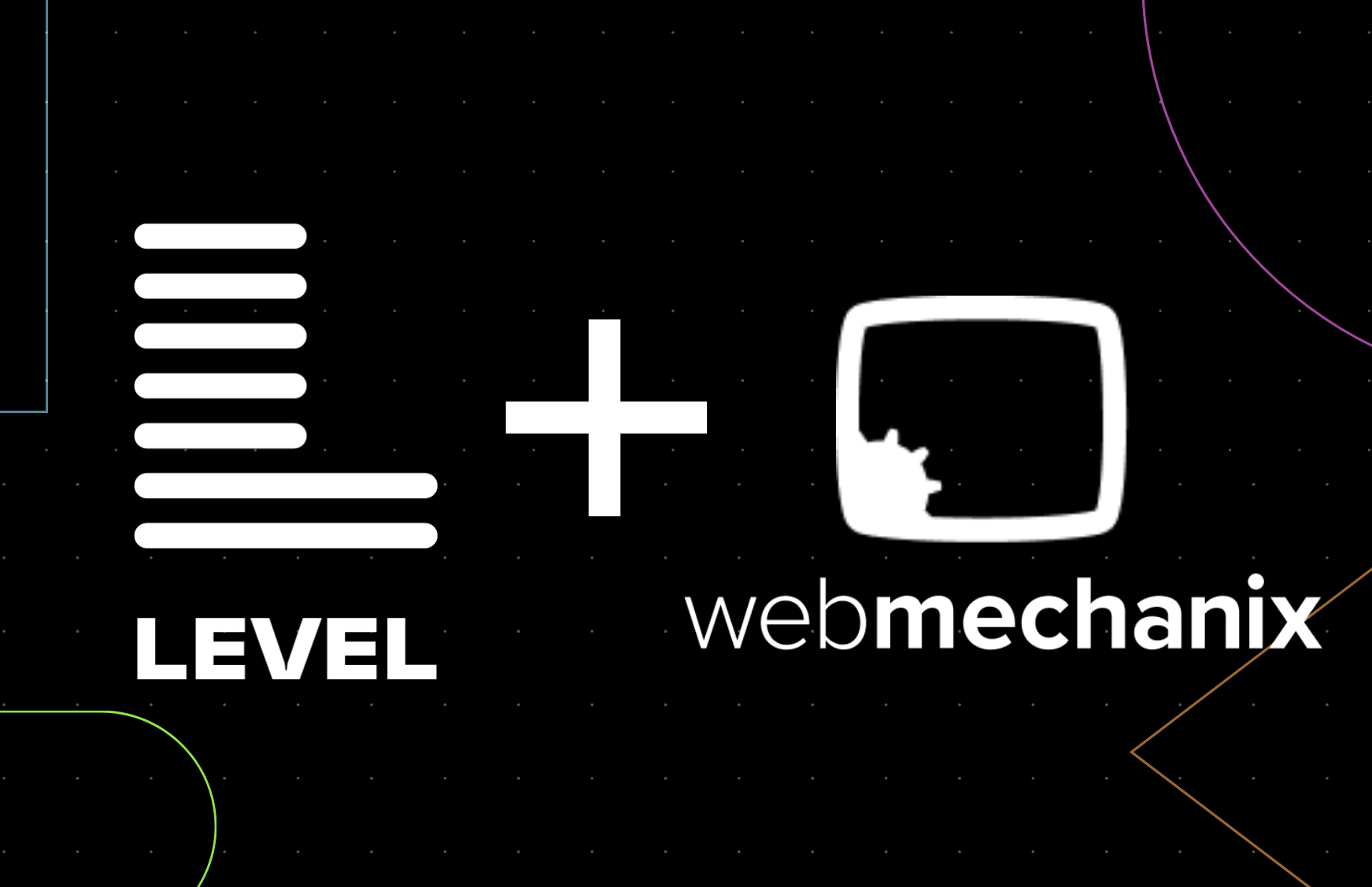Success in B2B marketing hinges on the ability to generate personalized, impactful content consistently. While this might seem daunting, especially with limited resources, it’s a manageable task when approached strategically. This podcast episode and blog post discusses the crucial steps needed to develop a well-structured B2B content strategy and provides actionable insights to get you started down the right path.
Unlocking the Power of Personalization
Personalization is a critical aspect of B2B marketing, capable of transforming your customer interactions and driving deeper engagement. It extends beyond merely addressing your customers by name in emails. True personalization involves a profound understanding of the unique needs, motivations, and pain points of your different audience segments. For instance, a data security solution provider might cater to customers in diverse industries like healthcare and finance. While a healthcare company might prioritize HIPAA compliance, a finance firm might focus more on securing financial transactions. Personalizing your content to address these industry-specific needs enhances relevance, fosters trust, and promotes a customer-centric brand image.
The Importance of Audience Segmentation
Audience segmentation forms the backbone of a successful B2B content strategy. It’s all about breaking down your audience into distinct groups or ‘segments’ based on common characteristics or needs. A SaaS company providing project management tools might segment their audience by company size (small businesses vs. large corporations), industry (IT vs. manufacturing), or roles (Project Managers vs. CEOs). This detailed segmentation allows the company to create highly relevant content – be it blogs, whitepapers, or case studies – addressing specific needs of each segment. The result? Better engagement, higher conversion rates, and a more personal connection with your audience.
Scaling Personalization – It’s Easier than You Think
Scaling personalized content might seem like an uphill task, but it’s achievable with strategic planning. The first step involves identifying audience segments with shared challenges or goals, which can guide your content creation process. For instance, if you’re a financial services provider, both startups and small businesses might struggle with securing funding. Recognizing this common issue, you could produce targeted content, like blog posts on bootstrapping or webinars on venture capital. Also, align your content with the different stages of the customer journey. Fresh leads might need introductory, educational content about your industry, while seasoned leads may require detailed case studies or product demos to convince them to convert.
Aligning Content Types with the B2B Customer Journey
Each stage of the customer journey requires specific content types, and understanding this can significantly boost your marketing effectiveness. During the awareness stage, blog posts, infographics, and industry reports can help to inform and engage your audience about current trends and challenges. As customers move to the consideration stage, more in-depth resources like webinars, e-books, and ROI calculators can help them evaluate potential solutions. When they are ready to make a decision, nothing works better than powerful customer testimonials, detailed case studies, or live product demos to convince them of your solution’s value.
Maximizing Your Efforts with the “One to Eight” Approach
Consistently producing fresh content can be taxing. But what if you could create eight pieces of content from one? The ‘One to Eight’ approach involves creating a comprehensive ‘pillar’ piece of content (like a detailed webinar or an in-depth guide), and then repurposing it into different formats. For example, you can extract key insights from a webinar and transform them into a series of blog posts, social media posts, infographics, a podcast episode, or even a guest article for an industry publication. This approach not only helps to consistently produce fresh content but also ensures a unified message across all your communication channels. Plus, AI tools like ChatGPT and transcription tools like Descript can significantly cut down on manual labor, helping you automate parts of your content creation process.
Crafting personalized, relevant content is crucial in B2B marketing, as it drives meaningful conversations with your audience and boosts engagement levels. By understanding the unique needs of different audience segments and tailoring your content accordingly, you significantly enhance your marketing effectiveness. Remember, the journey towards personalization might seem complex initially, but with strategic planning, efficient resource allocation, and a commitment to continuous learning from your data, you’ll be on the path to B2B marketing success.






